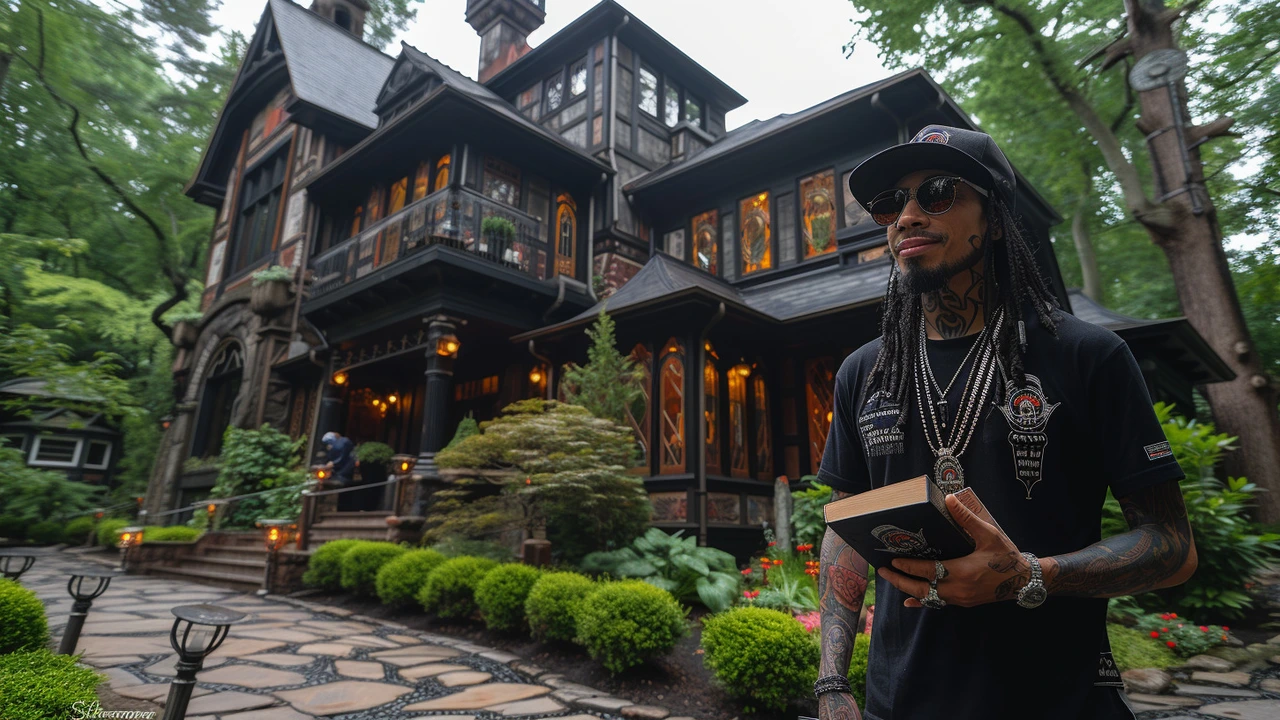The Marvel of Tudor Architecture: Understanding Its Charm
When you think about it, architecture is really nothing more than the human history crafted in stone and wood. Think about the pyramids, Rome's Coliseum, the skyscrapers of New York and then there's Tudor architecture. Each one of them portrays its age, its people, their lifestyles, and their capabilities. Now, speaking about Tudor architecture, the first thing that pops into my mind is an eccentric charm. Just like my dear Lydia, who loves her roses just as much as I love my Saturday morning scone and coffee – bizarrely captivating.
In reality, Tudor architecture was this peculiar style that flooded the British landscapes from 1485 to 1603, during the reign of the Tudor dynasty. It's distinct, it's tricky, and yet it's harmonious. Just imagine that beefy timber framework – blackened with age or maybe art – gloriously sitting upon the whitewashed walls. The in-between spaces filled with wattle and daub. A fun fact here, wattle and daub were actually a mixture of wet soil, clay, sand, animal dung, and straw. Sounds bizzare, doesn’t it? It does make you wonder what those Tudor folks were thinking.
Tudor Architecture: The Blend of Necessity and Artistry
Well, necessity breeds innovation. Other than the romance it oozes, there was a pretty practical reason for the blackened timber and the white walls. With heavy deforestation for shipbuilding during the Tudor period, available timber was scrappy and assembling it was an architectural puzzle. This random yet pragmatic assembly became the visual treat that we now recognize as Tudor architecture.
Then came the brickwork. Ahhh, the beautiful intricate brickwork - like the embroidery on Lydia's favorite summer dress. When bricks became fashionable in the late 15th century, the wealthier Tudors began to integrate brickwork for aesthetic charm. You'd see brickwork used in large rectangular chimneys, around windows, or to create diaper patterns on walls. By the way, diaper pattern doesn’t have anything to do with the modern nappies. It actually is a repetitive geometric pattern. Just in case you were wondering.
The Grace of Gothic Influence and Unexpected Twists
The gothic influence in Tudor architecture also adds to its undeniable grace. Arched doorways, tall narrow doors and windows, high pitched roofs are just some hallmarks of the Gothic style architecture visible in Tudor houses. I always perceive these high roofs and tall structures as strikingly reflective of the British etiquettes - standing tall and high.
But the real twist of the story isn’t the fancy brickwork or the high roofs. It comes in the form of glass. Yes, glass! You know those latticed-lead glass windows with quadrants or hexagons that you’ve probably seen in movies? Those were actually the windows of Tudor houses. Interestingly enough, glass was luxury in Tudor period. Bigger the windows, richer the owner. I guess it's no wonder why that saying "people in glass houses shouldn't throw stones” came about.
Tracing Tudor Architecture in Modern Settings
Nowadays, Tudor architecture is resurfacing here and there, quite detached from its original form but still preserving its essence. The distinctive timber framed buildings and criss-cross patterns are being favored by house builders and restaurateurs for their pleasing aesthetics. It’s as if the Tudor era is being rewritten in modern contexts. Learning about these historical architectural styles not only enlightens us about our past but it also allows us to appreciate the quirks and intricacies of the architectural field.
Being someone who values both history and the charm of unique architecture, it’s heartening to see how occasionally the beautiful streets of our city transform into pages of a history book. It reminds me of that time when I took the kids, Oswald and Florence, on a tour around the city explaining them about such remarkable reflections of our past. They were fascinated, and I'm sure you'd be, too, if you delve into the stories that ancient architectural styles like the Tudor one have to tell.





Leave a Comments